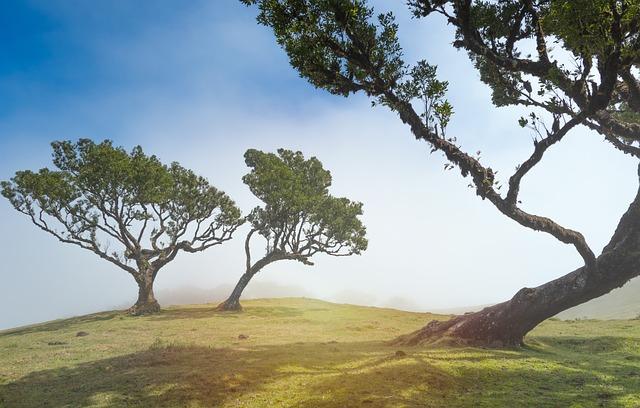- Introduction
- The Importance of Urban Tree Planting in Detroit
- Current State of Detroit’s Trees
- Community Involvement and Efforts in Tree Planting
- Challenges and Obstacles Faced in Tree Planting in Detroit
- Conclusion
- FAQs
- References
Introduction
Urban tree planting is not just about beautifying a city. In Detroit, it serves as a critical aspect of counteracting the effects of urban poverty, environmental degradation, and poor air quality. This article will examine the importance of tree planting in Detroit, discuss the current state of the city's trees, explore community involvement efforts, and address the challenges that face reforestation efforts. These are key factors in understanding the broader context of green spaces in Detroit, and ultimately, how they contribute positively to the city.
Detroit, a city with one of the richest industrial backgrounds in the U.S., has seen severe decline in its natural green spaces over the years. However, efforts by organizations, nonprofits, and citizens are in motion to reverse this, focusing on tree planting initiatives to restore ecological balance, tackle climate change effects, and improve public health.
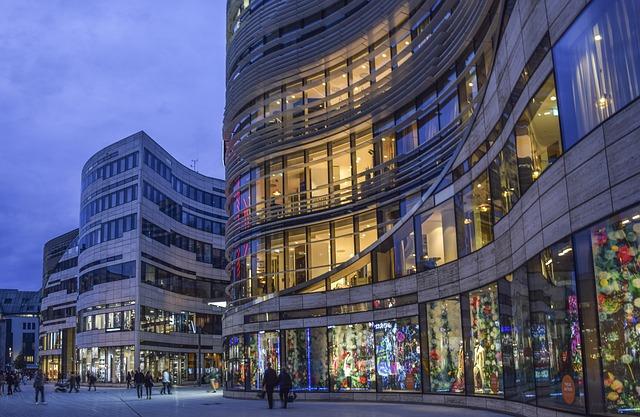
(Image: Pixabay/@652234)
The Importance of Urban Tree Planting in Detroit
Trees are far more than aesthetic value; they act as essential players in reducing air pollution, lowering temperatures, managing stormwater, and enhancing general well-being. In a post-industrial city like Detroit, which faces widespread urban decay, the absence of trees exacerbates issues surrounding flooding, heat islands, and air quality.
One significant benefit of planting trees in urban areas is their positive impact on mental health. Studies suggest that having green spaces, even small urban forests, can reduce stress and promote psychological recovery. For Detroit residents who face socioeconomic hardships, these benefits are far-reaching. Trees also contribute to noise reduction, an underrated yet significant advantage in an urban setting where noise pollution is common.
Another vital role of trees in Detroit is combating the urban heat island effect, where urban areas become significantly warmer than surrounding rural areas, primarily due to human activity. Major cities like Detroit—with its abundant parking lots, highways, and industrial sites—are susceptible to extreme temperature variations, making tree cover more important.
Moreover, urban tree planting initiatives support biodiversity. By reintroducing native species into the urban environment, organizations can help restore certain animal habitats and bolster ecological systems that have suffered from industrialization and deforestation.

(Image: Pixabay/@geralt)
Current State of Detroit’s Trees
Detroit's urban tree canopy has drastically reduced over the past several decades. Industrial activities, unchecked urban development, and disease have all ravaged the city's once-thriving tree population. One of the main culprits behind this decrease is the Emerald Ash Borer, an invasive species that decimated tens of thousands of ash trees across the city.
Once boasting a considerable natural canopy, today Detroit has lost tens of thousands of trees, leaving many areas bare and exposed to harmful environmental impacts. Fortunately, multiple reforestation programs are underway, focusing on increasing Detroit’s tree cover through both volunteer efforts and governmental initiatives.
Recent studies indicate that Detroit boasts an urban tree canopy coverage of around 22%, but experts suggest that a healthy cityscape should aim for at least 40%. The city is facing not only the loss of plants but a degraded landscape that struggles to keep pollution at bay—or to fully protect people during times of severe weather.
The changing economic landscape in Detroit has also limited resources formerly earmarked for maintaining green spaces. But recognizing the growing importance of restoring these areas, Detroit has developed partnerships with local organizations, such as Greening of Detroit, to rejuvenate urban forests and green spaces.
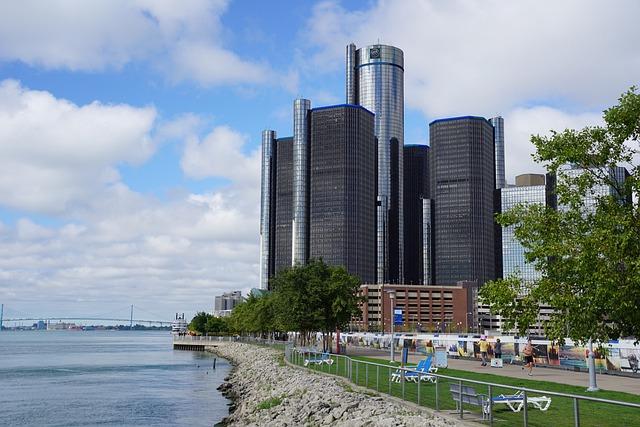
(Image: Pixabay/@DJARTEK)
Community Involvement and Efforts in Tree Planting
One of the most compelling aspects of Detroit's tree planting renaissance is how much of it is fueled by grassroots activism and nonprofit work. Community members often take part in volunteer-based tree planting events to restore green spaces within their neighborhoods. These efforts not only rejuvenate the environment but help foster stronger community bonds.
Organizations like the Greening of Detroit have long spearheaded sustainability efforts. They train meaningful numbers of volunteers and workers to plant thousands of trees each year, contributing to improving public spaces, school yards, and private properties. The engagement of students, educators, and residents creates a shared sense of environmental stewardship, which helps build a lasting culture of care and vigilance towards urban nature.
Additionally, partnerships between public institutions, non-profits, and businesses have played significant roles in sustaining effort for restoring Detroit’s green spaces. Fundraising, grant writing, and even corporate sponsorships have allowed for continuity in these impactful community-driven programs.
Local governments have also played a role in driving tree plantation policies. Investments in green infrastructure by the City of Detroit have increased, with plans to revitalize parks and implement broad citywide greening strategies that emphasize sustainability and climate resilience.
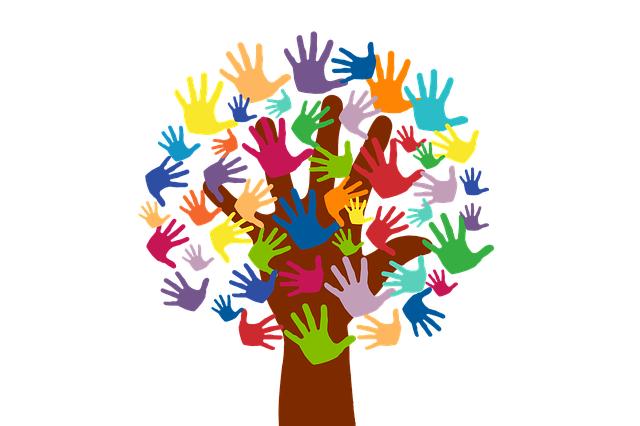
(Image: Pixabay/@geralt)
Challenges and Obstacles Faced in Tree Planting in Detroit
Despite the broadly recognized advantages of urban tree planting, significant challenges persist. Like many other older American cities, Detroit struggled under inadequate funding and resource allocation during decades of urban decline. Budget constraints continue to hamper large-scale replanting and maintenance efforts today.
Additionally, securing the land for planting is not always straightforward. In a city characterized by vacant lots—which could theoretically house green spaces—property ownership disputes and misuse of land complicate efforts. Besides, invasive species remain a continual threat, hampering the success of newly planted trees.
Another less-discussed issue is resistance from local communities. Some Detroit residents, especially in underserved neighborhoods, may fear that tree planting could signify gentrification or other outside influences leading to property tax increases. Combatting these concerns requires targeted outreach and education to clarify the true benefits of urban trees to community health and well-being.
Finally, the problem of climate change means trees, while helpful, will struggle against unpredictable weather patterns. Little preparation has been done for the reality of more frequent storms or drought periods, and without resilient long-term solutions, cities like Detroit could face ongoing environmental risks.

(Image: Pixabay/@Clker-Free-Vector-Images)
Conclusion
In summary, urban tree planting in Detroit represents an essential and transformative process for improving both the environmental and social landscapes of the city. Beyond mere beautification, the strategic restoration of trees addresses serious issues like air pollution, climate resiliency, and community cohesion. However, numerous challenges, from economic hurdles to community apprehension, must be carefully navigated.
The future of Detroit’s tree canopy looks brighter thanks to the combined efforts of government bodies, non-profits, and passionate individuals dedicated to the health and sustainability of their city. Yet, continual support is necessary to see these projects thrive in the long term.
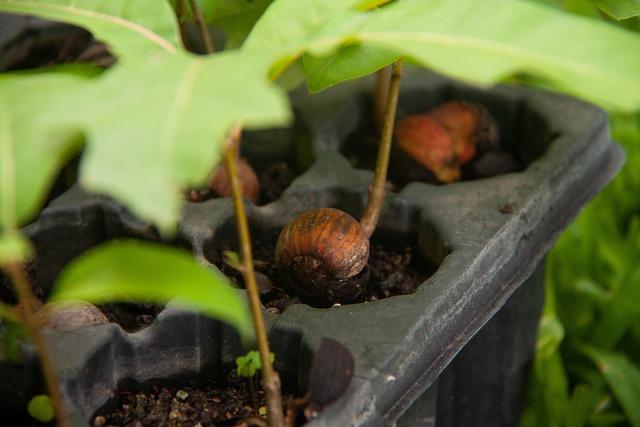
(Image: Pixabay/@AlexCuevasG)
FAQs
Why are trees so important for reducing urban heat in Detroit?
Trees provide shade and help lower surface and air temperatures by up to 10 degrees Fahrenheit, reducing the heat island effect common in urban environments.
How can the community get involved in tree planting efforts?
Many local organizations run regular events and offer volunteering opportunities. The Greening of Detroit, for instance, frequently involves locals in planting efforts across numerous neighborhoods.
What types of trees are being replanted across Detroit?
Common species being planted include oaks, maples, and beeches—all native to Michigan. These resilient species help encourage biodiversity and provide long-term ecological benefits.
What are the biggest threats to new trees being planted in Detroit?
Direct threats include invasive pests like the Emerald Ash Borer or extreme weather conditions which cause newly planted trees to fail prematurely. Additionally, vandalism and neglect can reduce the likelihood of successful growth.

